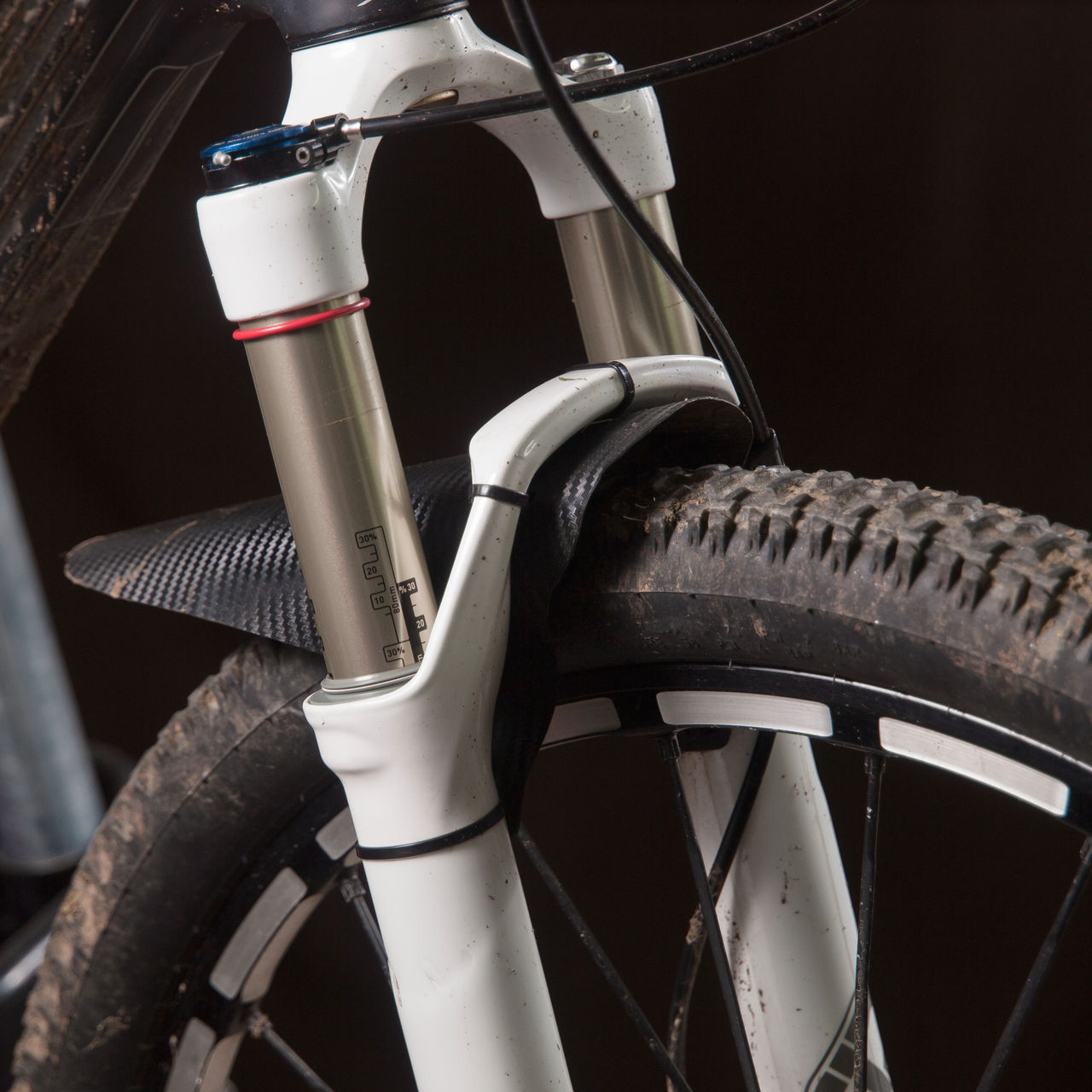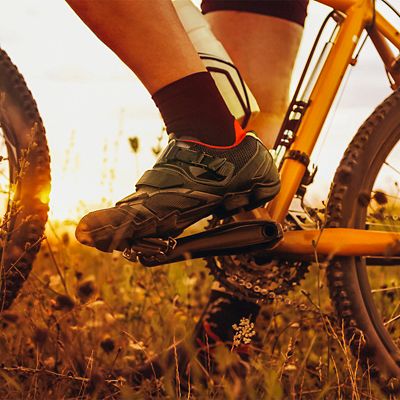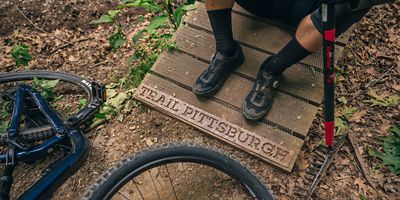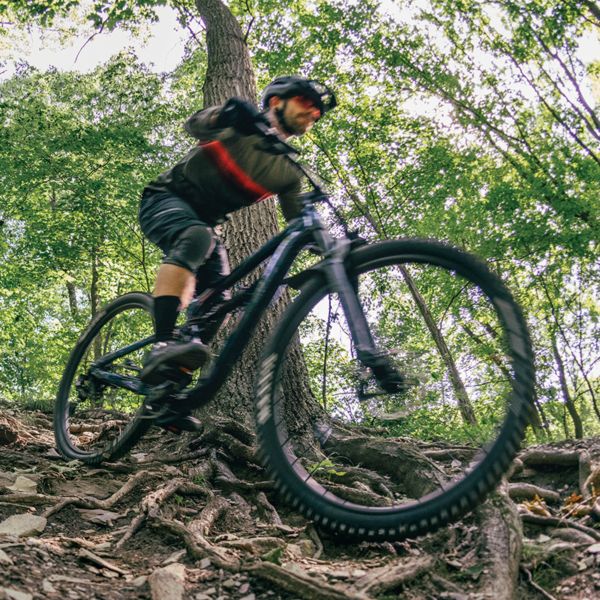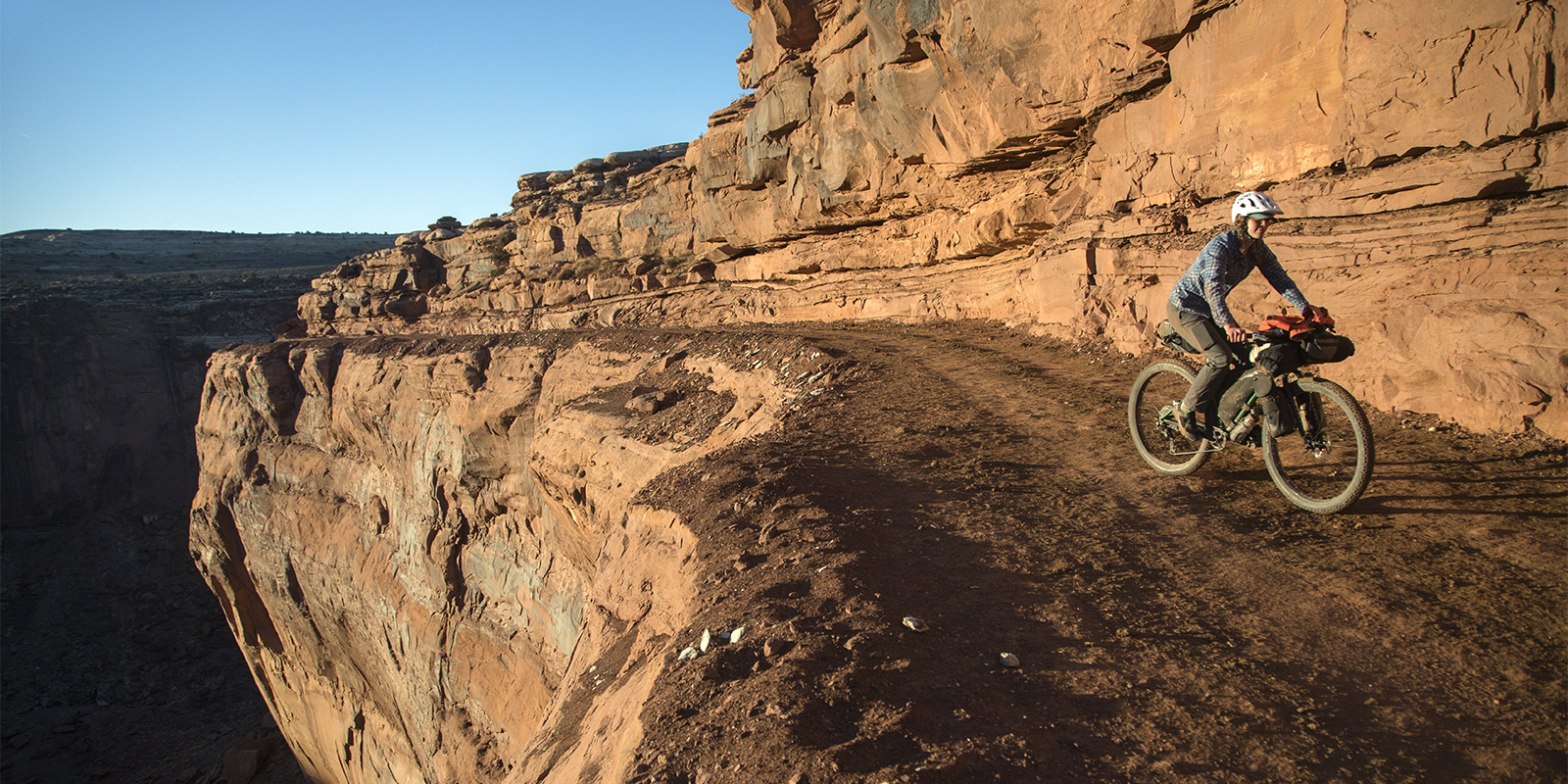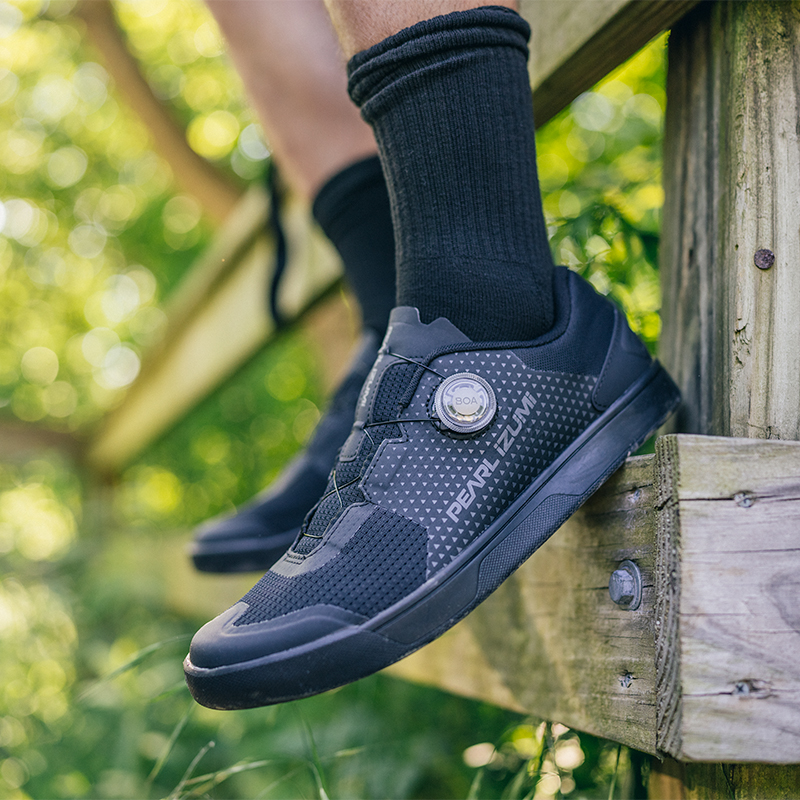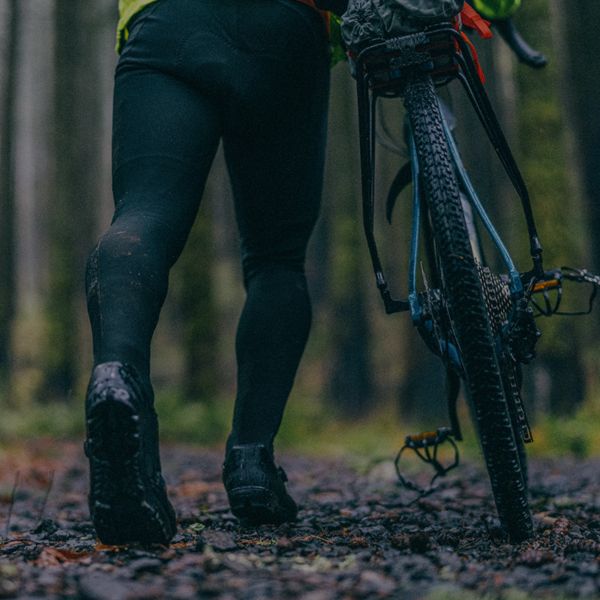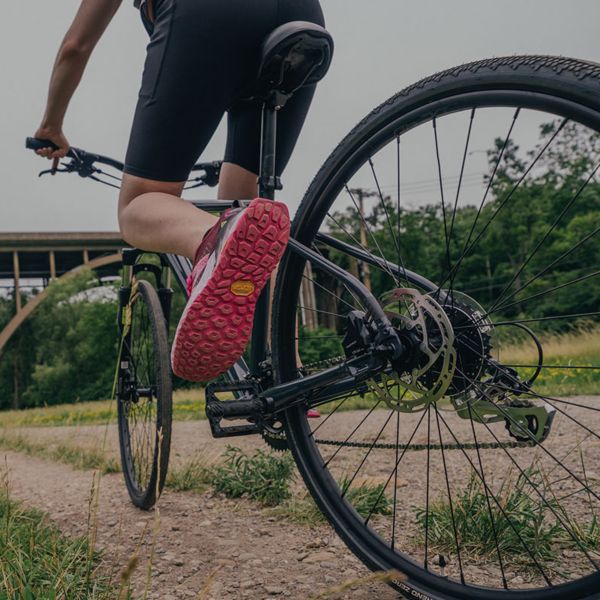Bike suspension, especially on the front only, is sometimes just a way to add comfort and relieve fatigue on your commute or your pleasure cruise. It’s a simple and inexpensive way to focus that relief on your wrists and shoulders. Other times, suspension is a way to maintain control and traction while riding off-road. That’s why some mountain bikes offer both front and rear suspension, allowing riders to float through rough terrain faster and more safely. But other mountain bikes opt only for front suspension to save cost, weight, or unwanted bouncing while pedaling. Whichever configuration your bike has, you’ll have a better ride if you understand how to set up and care for your suspension.
Suspension Simplified
Adjustable suspension comes in many forms, but once you orient yourself to the relevant parts and key terms, you can do all of it yourself.
- Entry-level front suspension often simply uses a metal spring inside one or both of the fork legs. On top of the fork legs there may be a thumb screw to increase the spring force or preload. This adjustment usually maxes out at three or four full turns, where exceptionally light or heavy riders might not find the perfect setting.
Higher-end bikes usually use an air spring. At the top of one of the fork legs there is an aluminum cap hiding a valve. Most rear suspension also uses an air spring. You need a special shock pump to adjust air spring preload. These are small, high-pressure pumps with accurate gauges that securely thread on the valve. Most cost about $30.
Bikes with air springs will also have damping adjustments on both front and rear. These are small knobs that control the speed at which your suspension compresses or rebounds.
Finally, some suspension will have lockout levers. These won’t completely shut off your suspension, but will stiffen it up for better pedaling efficiency on smooth climbs.
Understanding Sag
Sag is the term for how much your suspension compresses under your resting weight. Consult your bike’s owner’s manual or website for recommended sag, but it is usually 25 to 30% of total travel. Keep in mind, this is just a starting point. As you get to know your bike, there’s nothing wrong with going slightly outside this range.
Most front and rear suspension has a sliding rubber ring on the narrower, inner tube or stanchion, that will help mark how much travel you have used, but you can temporarily wrap a plastic zip-tie around it if not. Get a measuring tape handy, and have someone nearby to help you balance on the bike.
Checking sag will begin the same way, whether measuring front or rear sag. With your helper in front of the bike firmly holding the center of the handlebars, mount the bike and stand out of the saddle with your pedals level and lean forward slightly. To measure your front suspension sag, have your helper slide the rubber ring or plastic tie down the stanchion until it stops.
- Gently lean back and dismount, being careful not to compress the fork any further.
Measure the distance the rubber ring or plastic tie has slid, and divide it by the total fork travel if you know it, or the length of the exposed stanchion if you don’t. If that number is below 0.25 or above 0.3, use your shock pump to bleed out or add a small amount of air, or use the thumb screw to loosen or tighten the load on the internal metal spring.
Repeat the process until your results are in that 25-30% range.
To measure rear suspension sag, have your helper slide the rubber ring or plastic tie until it stops against the wider part of the shock body.
- Gently lean forward and dismount, being careful not to compress the shock any further.
Measure the distance the rubber ring or plastic tie has moved, and divide it by the shock stroke length (not the same as wheel travel) if you know it, or the length of the exposed stanchion if you don’t. If that number is below 0.25 or above 0.3, either use your shock pump to bleed out or add a small amount of air.
Repeat the process until your results are in that 25-30% range.


